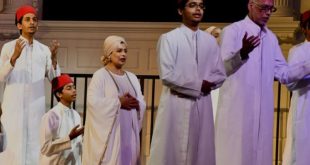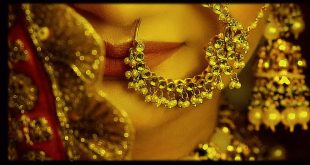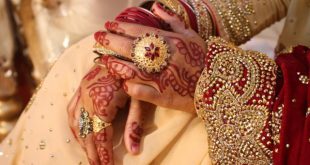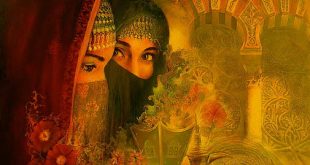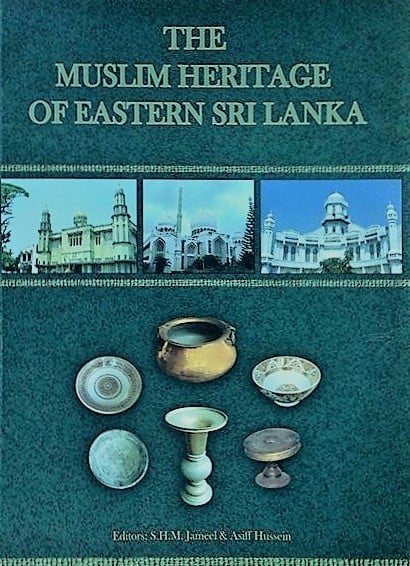
Edited by S.H.M. Jameel and Asiff Hussein
Reviewed by Prof. M. A. Nuhman
The Muslim Heritage of Eastern Sri Lanka edited by S.H.M. Jameel and Asiff Hussein is a pioneering project published by the Muslim Women’s Research and Action Forum (MWRAF). Ideologically MWRAF is close to me. It is not among the conservative women’s organizations that involve themselves in the petty affairs of upper class women’s lives. It is a progressive organization seriously involved in social research, advocacy and action oriented activities relevant to the Muslim community, especially Muslim women.
This book, although rather different from their usual publications in content, is an important work and a lasting contribution to the socio-cultural studies of the Muslim community of Sri Lanka.
The socio-cultural life of the Muslims of Sri Lanka in general and particularly of the Eastern Muslims has until now not been studied well. It is therefore a fertile field for sociologists, social and cultural anthropologists, linguists and folklorists. It is in such a context that The Muslim Heritage of Eastern Sri Lanka becomes valuable reading. According to Jezima Ismail to whom the project owes its origins “the lamentable decline of hallowed old customs and traditions, the gradual obliteration of some arts and crafts and the hardly noticeable fading of the folklore of this region” made them think of a permanent record which ultimately evolved into this work intended for a coffee table.
The book is divided into 10 chapters on different themes and consists of 14 papers. The first and the last chapters are written by S.H.M Jameel. In the first chapter, ‘History of the Muslim community of the Eastern Province’, he provides a geographic, demographic and historical profile of the Muslims of the Eastern Province. He also provides some valuable historical information for the pre-colonial, colonial and post-colonial periods of the Muslim history of the Province. In ‘Social Relationship and Community Leadership’ Jameel deals with the matriclan kudi system, mosque administration, middle class formation and social mobility, emergence of political leadership and the ethnic harmony that existed in the past.
The second chapter on ‘Way of Life’ deals with some customs and rituals of the Muslims of the region. This chapter consists of two parts. Part one by Dennis McGilvray is on ‘Celebrations of Maturity and Marriage’ and deals with the customary practices attendant on male circumcision, female puberty and marriage, based on his field work he did at Akkaraippattu in the early 1970s. It is a scholarly recording, description and interpretation of the practices as they existed among the Eastern Muslims of the 70s. Many of the practices he describes have gradually faded away. Male circumcision today is mostly done by doctors in a clinical setting while some Osta barbers who traditionally performed the procedure have also adopted modern medical techniques, Female puberty has become an inner family circle affair. The midnight wedding has disappeared and now takes place in the evenings.
His observation on dowry and mahr is important and still valid to a great extent. He says “while the Islamic concept of mahr goes against the grain of the matrilocal dowry-based marriage system of Eastern Sri Lanka, it was carefully observed as a technical requirement of the Muslim marriage law, and it provided a formal opportunity for the groom’s family to acknowledge its stake in the marriage.”
In the second part of this chapter on ‘Birth and Death’, Asiff Hussein describes the customs, rituals and beliefs relating to birth and death among the Muslims of the East. He provides valuable information on a number of birth customs including pregnancy cravings, ear piercing and female circumcision as well as burial rites.
Hussein has contributed three more papers on culture related themes, namely, Architectural Landscape, Dress and Ornamentation and Food and Beverages. In his paper on Architectural Landscape, he provides us valuable information on the construction of dwellings including field huts and religious edifices such as mosques and shrines and traces their evolution over the ages.
The chapter on ‘Arts and Crafts’ by Dr. M.S.M. Anes is comprehensive and provides valuable information on folk theatre, painting, music, martial arts and handicrafts. Maruthur A. Majeed, a poet and short story writer, has written on ‘Poems and Folk Songs in the Folkloristics of the Muslims of Eastern Sri Lanka’. Nevertheless his chronological ordering of the folk songs seems to be speculative. He also distinguishes between original and distorted or deformed versions of folk songs. In oral literature there is no original and distorted version. There are only variations. Oral literature travels from place to place and person to person and takes different forms and versions. It is an inherent feature of folk literature. No modern folklorist accepts the notion of original and distorted versions of any of the genre of folk literature. ‘Literary Pursuits of the Muslims of the Eastern Province’ by Dr. Rameez Abdulla focuses on written literature. Here he attempts to trace the region’s literary development from the mid 19th century to the present and analyses the various trends it has been subjected to.
As for economic activity, here too we have two contributions. Dr. S. M. M. Ismail, the Vice Chancellor of the South Eastern University in his paper on the ‘Economic History of the Muslims of the Eastern Province’ traces the economic history of the Eastern Muslims from the pre-colonial period to the modern. He concentrates on trade and commerce, agriculture, industry, finance and human resources. The second paper on ‘Contemporary Economic Activity’ by Asiff Hussein, focuses on agriculture, livestock breeding, fishing and weaving. He also provides information on some other economic activities like trade and welcomes the introduction of the Islamic banking system as a future prospect.
I wish to conclude this review with two brief critical notes.
Firstly, although the title of the book is ‘The Muslim heritage of Eastern Sri Lanka’, it mainly focuses on the Muslims of the South East, that is of the Ampara District and a very few chapters in this volume mention some of the socio-cultural aspects of the Muslims of the other two districts of the Eastern Province. Hence, ‘The Muslim Heritage of Southeastern Sri Lanka’ would have been a more appropriate title for the book.
The second is about the absence of women contributors in this volume. Despite the fact that the project was initiated and sponsored by a leading Muslim women’s research organization, it is totally male-dominated and there is no woman contributor as a writer.
Owing to this significant absence, the role of women in the socio-cultural life of the Muslims of the East is not sufficiently focused in this volume. Apart from these shortcomings, this book will stand for a long time as an informative and useful document relating to society and culture of the Muslims of Eastern Sri Lanka.
 Sri lanka Muslims Web Portal Diversity and Inclusiveness
Sri lanka Muslims Web Portal Diversity and Inclusiveness
